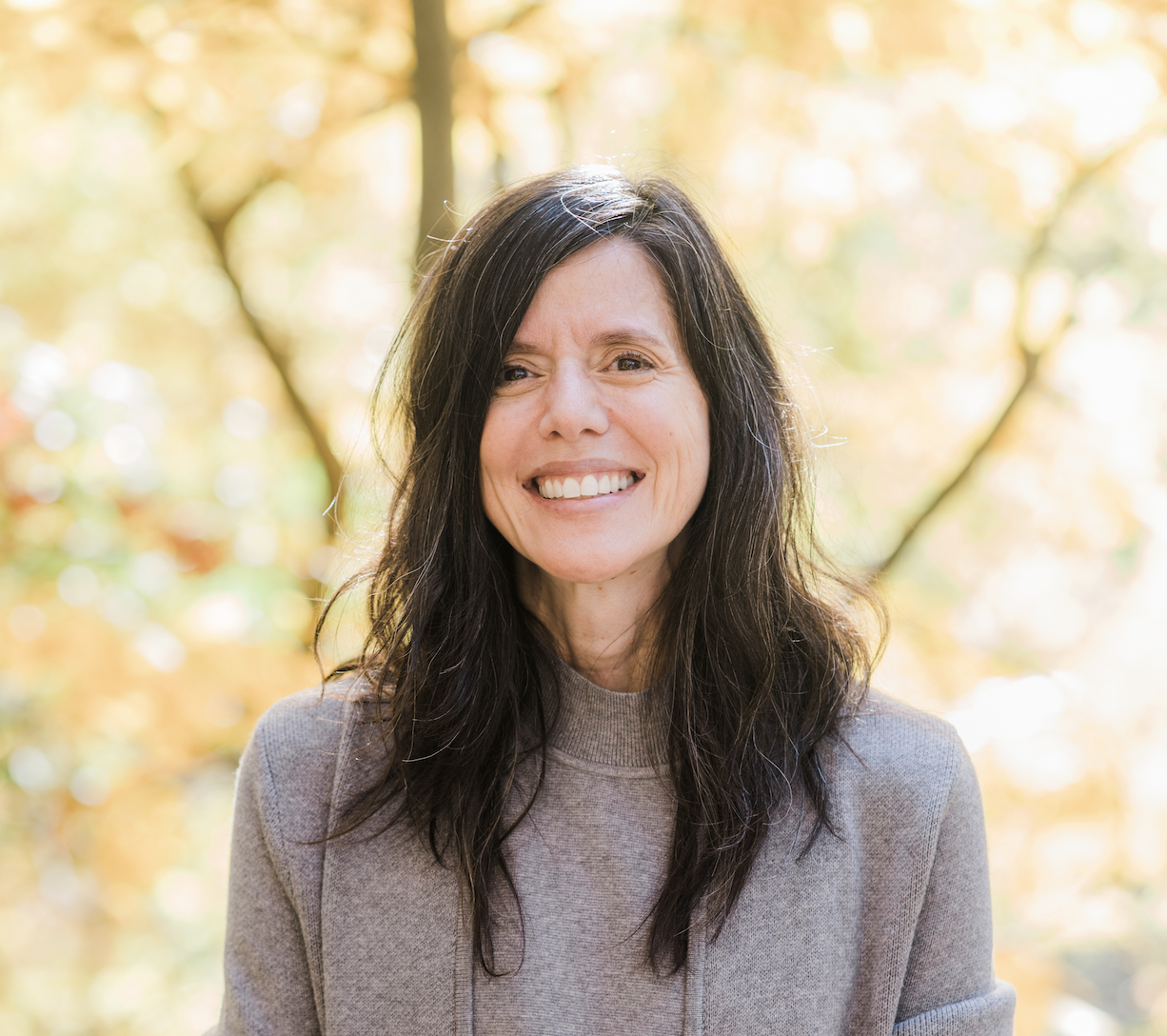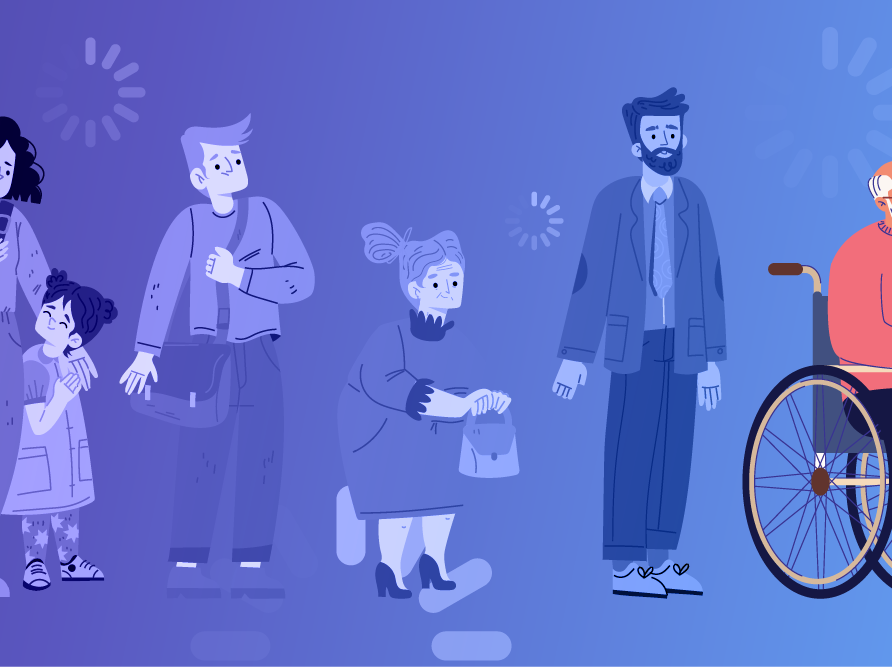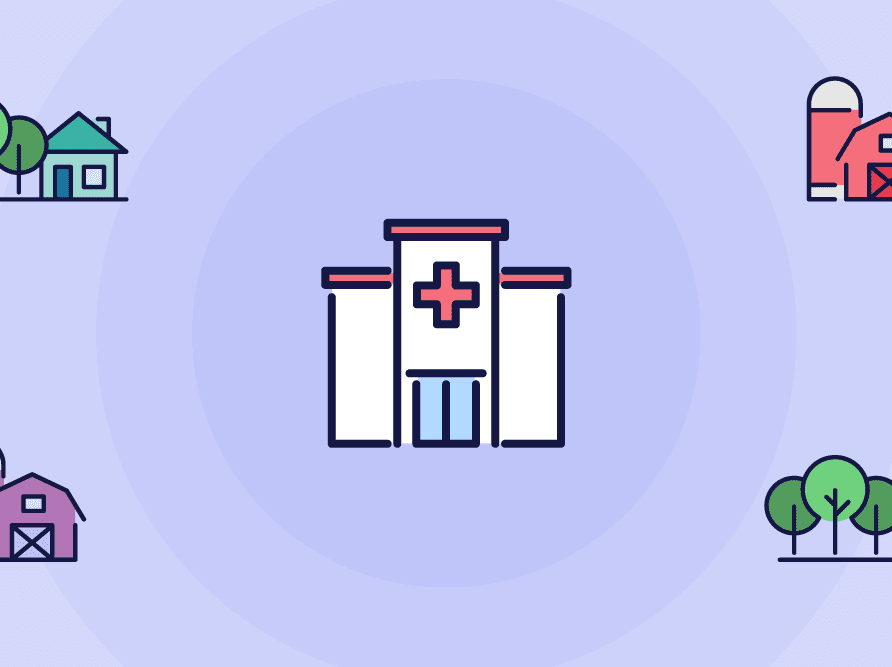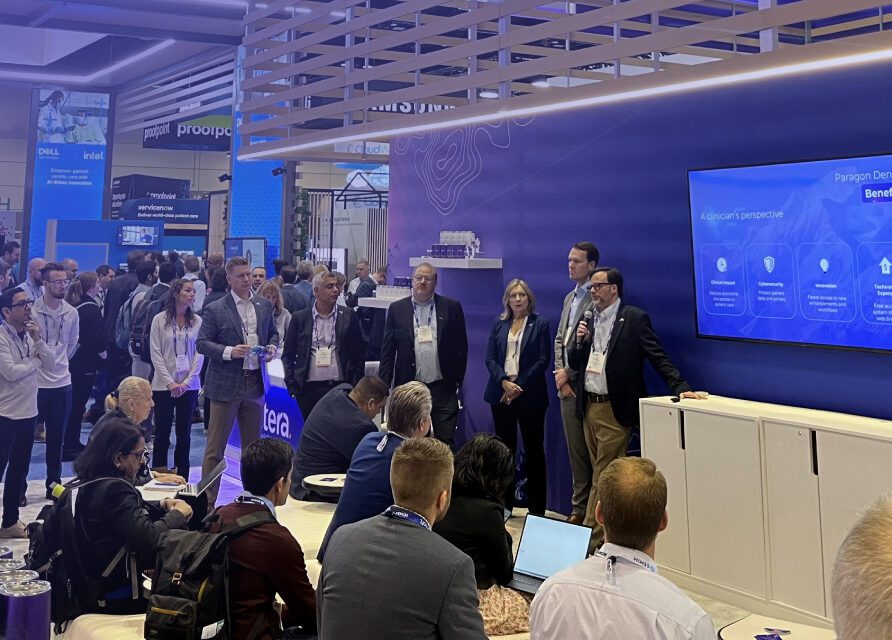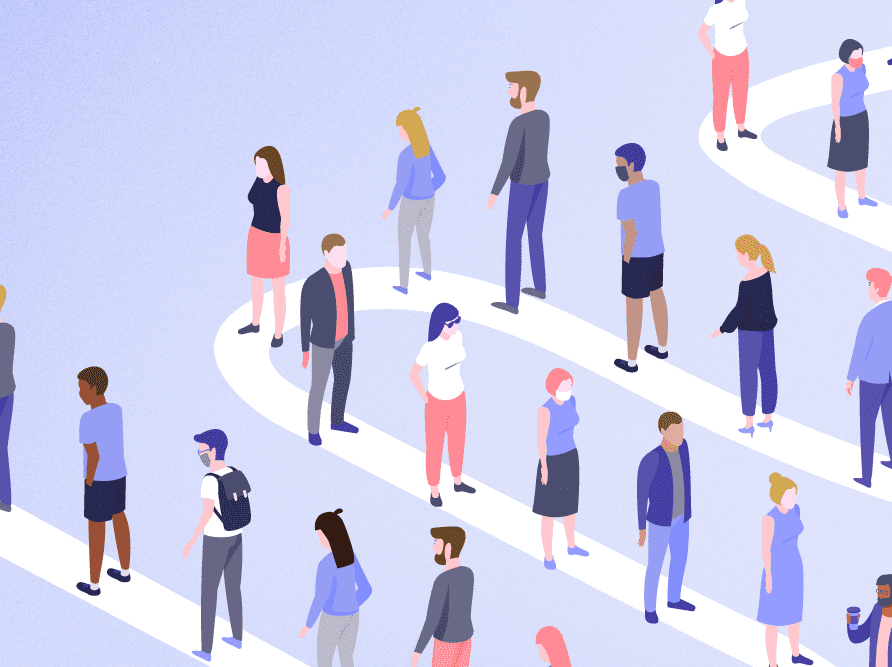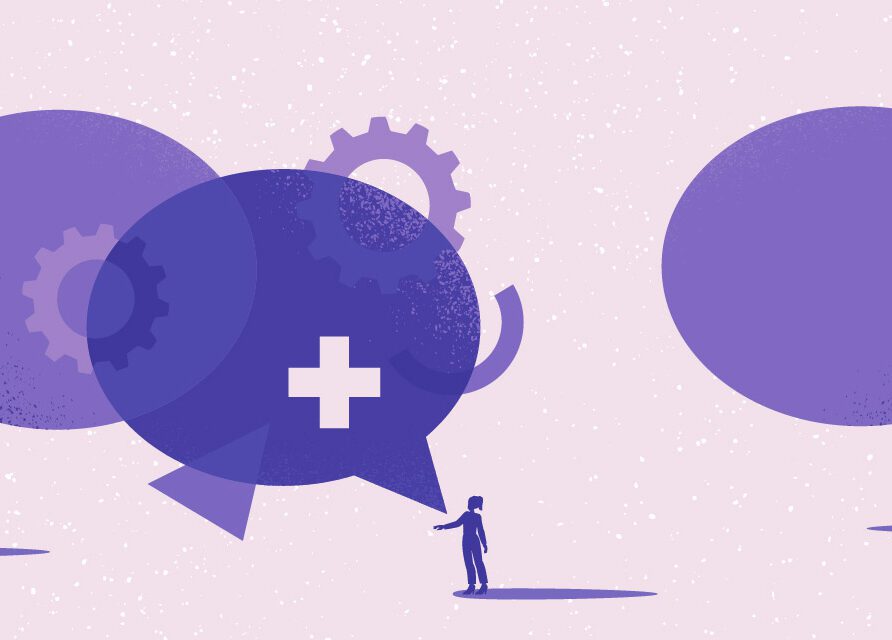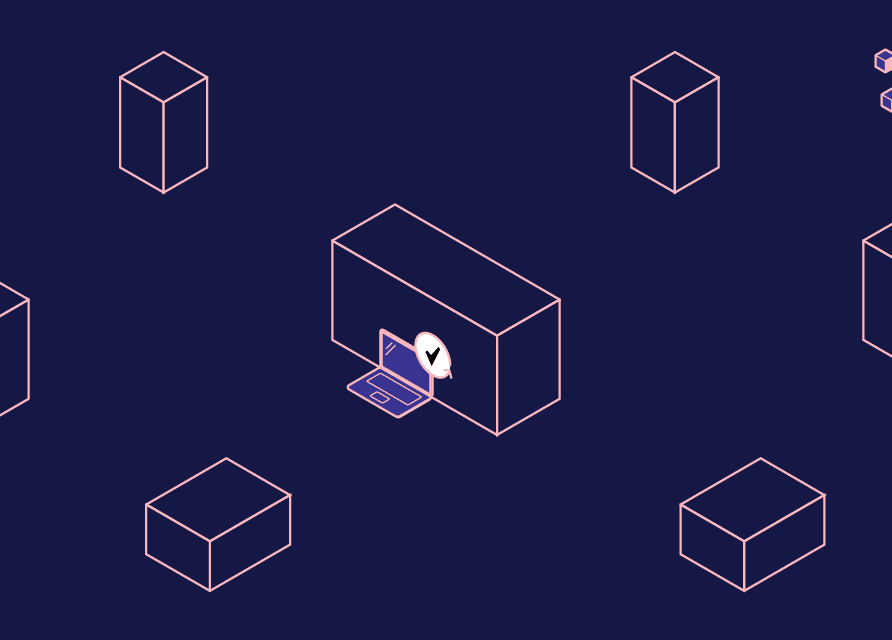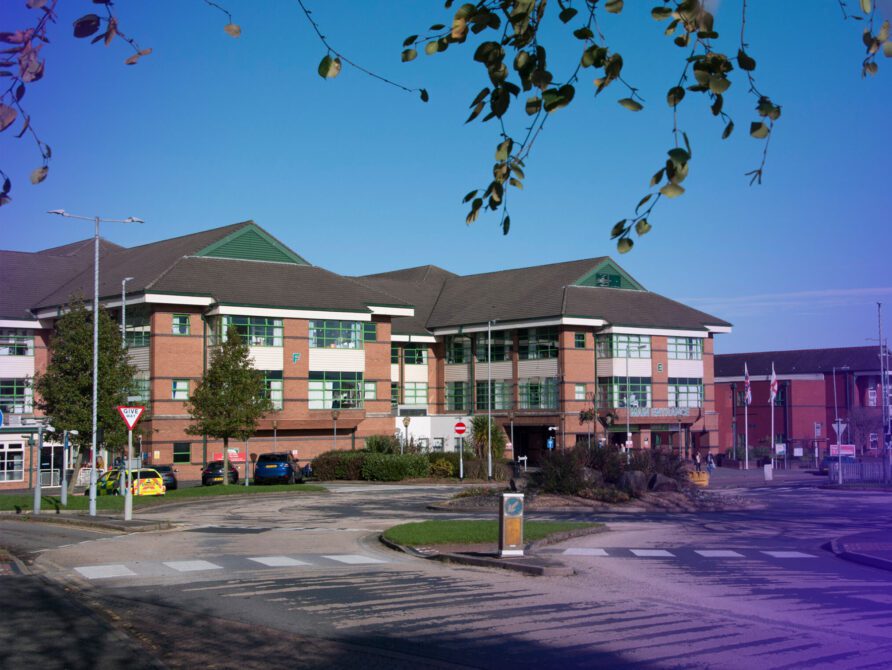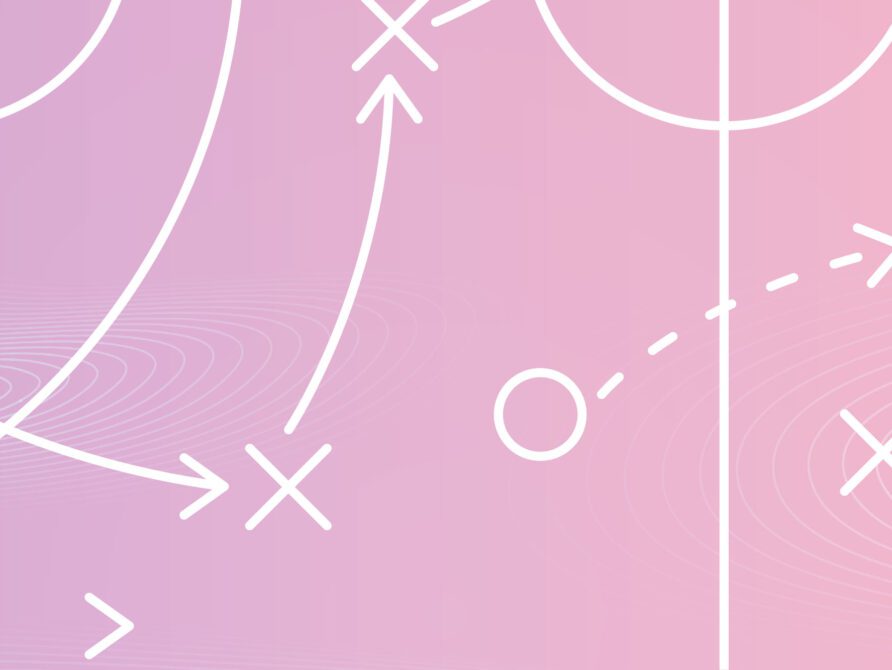Article
Human-Centered Design: “Testing” a prototype – co-creating systems that work
* This content was originally published prior to N. Harris Computer Corporation’s 2022 acquisition of the Allscripts Hospital and Large Physician Practice business segment. Our business is now known as Altera Digital Health.
Editor’s note: This is the seventh blog in a series on Human-Centered Design.
Across the Design industry, some call prototyping and usability testing for software the “final step” in the Human-Centered Design process. While it’s not the actual final step (there isn’t really a final step), it is a prominent part of the work we do. This is the phase during which we create a working and visual “something” that looks and acts like the end result. Once a baseline is created, the Design team can gain feedback from the real humans who might use the product or service. This is the part of the process during which the Design team can make sure what is being created is the “the right thing.”
When designing screens for software, there are many different prototype fidelities. The Design team usually starts with just a sketch, or series of sketches, to test concepts. Once proven valuable and on-target, the team takes its findings and moves to a “mid-fidelity click-through” to show movement and interaction. Once it tests positive for those who use it, Designers move to a “high-fidelity” prototype. This may include bits of code to test gesture, behavior or specific outcomes.
What’s important to note here is that at each step of process the designers will “test” with several different people, all of whom share similar roles. People always ask me, how many? They are usually surprised to find out that the number is six. This is a proven approach showing that it only takes six humans to understand 85% of the interaction problems with a prototype or interface. After six, the number of findings level off. Fascinating, right? This is why usability testing is so cost-effective and easy to do. Designers only need to speak with six people to figure out 85% of what’s wrong and what they need to change.
At Allscripts, we’ve taken this one step further. We follow a methodology I created called “co-creates.” A co-create is a one-hour, one-on-one feedback session. The designer may meet with the client partner once a week, or once a month, based on scheduling. In this session, an HX Designer/Researcher works with a client partner that currently uses our products. The two work together to identify problems, and they look at new possibilities for the experience. It’s a time to seek out what’s wrong, and also innovate together for a brilliant new outcome. We focus on making sure we have a breadth of people across the demographic role to work with: those who are less tech savvy and those that grok tech. We also try to have a diverse group in terms of gender, race, hospital demographic and global location.
The value realized here is that co-creates provide the Design team a constant source from which to ask questions and gain valuable feedback about their work. It also enables client partners to take a break from their work on the floor and have their voices heard. They realize quickly that they can have an impact on the future of healthcare technology, and honestly have a bit of innovative fun! (What a concept…work can be fun?!?) So much fun that some client partners have been with us for more than 18 months now, co-creating our new mobile experience.
So yes: Prototype and test, prototype and test. It’s an iterative process. Designers always end on a test. That way we know what needs to be fixed for the next version of whatever we’re designing, and we have a backlog in place to start immediately for the next round of changes. So that’s it! Easy peasy, right?
Human-Centered Design is a process and set of methodologies that can solve for any problem no matter how small or large. It isn’t just about designing great technology that works for the people that use it. Really, it’s about designing anything, anywhere for any being on the planet. Every being deserves a beautiful, useful, safe and loving experience. One that helps them feel successful, helps them thrive in their day-to-day.
The best part about HCD? We get to do this work as a team. Together, we make experiences not just possible, but exquisite. That’s the goal.
With gratitude and love.
* https://www.nngroup.com/articles/how-many-test-users/

